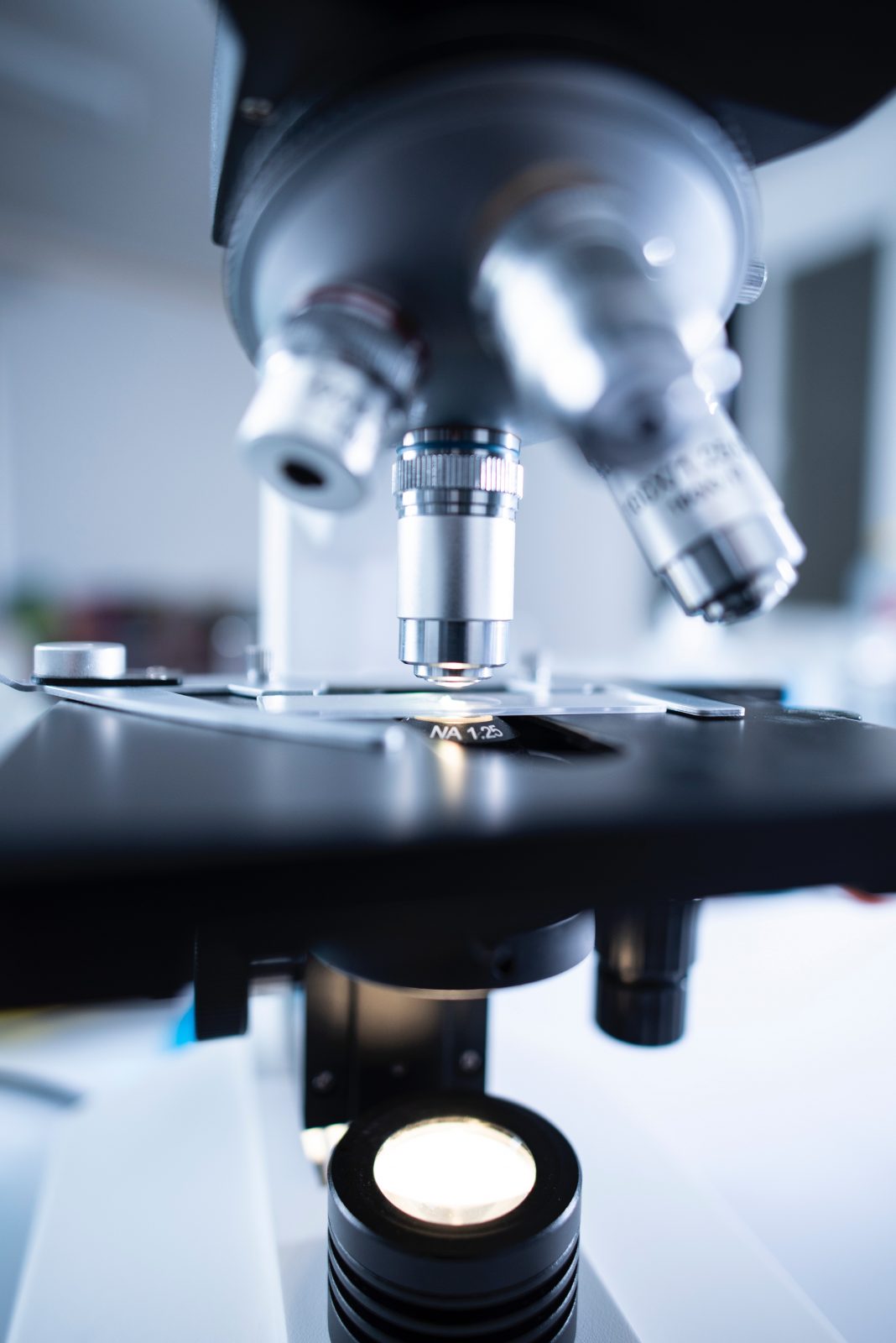“Antimicrobial resistance” from infections caused by deadly pathogens may cause a silent pandemic says the World Health Organization (WHO) as doctors will not be able to provide treatment and cure because of a lack of novel agents.
“Antibiotic resistance is one of the major concerns in modern medicine today,” Dr Aaron Glatt, chief of infectious diseases at Mount Sinai South Nassau Hospital on Long Island, New York, told Fox News Digital.
“There is a dearth of safe, effective, and inexpensive agents to use to treat many of these significant infections,” added Glatt.
“It is critical that new and innovative products be investigated,” he said on the silent pandemic.
The treatment for drug-resistant infections involves newer agents that are more expensive than standard therapies, thus, poor people are critically impacted by antimicrobial resistance.
Based on 20 data from the Centers for Disease Control and Prevention (CDC), “more than 2.8 million antimicrobial-resistant infections occur in the U.S. each year, and more than 35,000 people die as a result.”
“When clostridioides difficile — a bacterium that is not typically resistant but can cause deadly diarrhea and is associated with antibiotic use — is added to these, the U.S. toll of all the threats exceeds 3 million infections and 48,000 deaths.”
Silent pandemic and Resistant germs
Bacteria and fungi develop resistance to antibiotics and antifungal agents when they’re able to grow, even though the drug is trying to kill them.
“It does not mean our body is resistant to antibiotics or antifungals,” the CDC said on the silent pandemic.
There is also an “increasing number of environmental bacteria with really significant resistance — such as the recent extensively drug resistance Shigella, and ongoing municipal water outbreaks of Mycobacterium abscess,” Glatt said.
Drug-resistant enzyme
Experts particularly worry about one drug-resistance mechanism that is growing among bacteria worldwide. Certain bacteria can acquire a gene that produces an enzyme known as New Delhi metallo-beta-lactamase 1 (NDM-1).
This gene allows the bacteria to become “resistant” by breaking down the “last line of defense” of a class of antibiotics that treat an extensive variety of different bacteria, known as carbapenems.
Most strains that acquire this gene are resistant to all commonly used antibiotics, rendering them a “superbug.”
Pharmaceutical companies must invest in research and development to find an antimicrobial agent that will combat drug-resistant pathogens, experts say.
NOTE: Photo above is from Pexels

